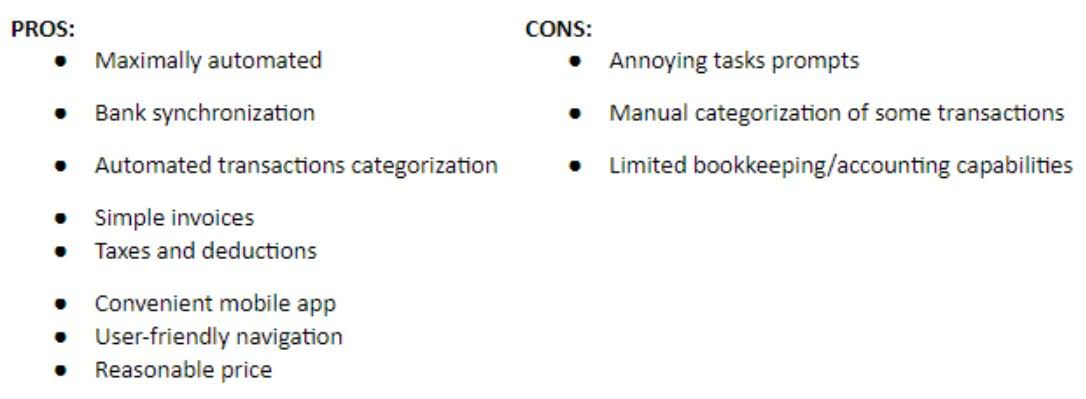
Outsourcing can be cost-effective and provide specialized expertise but may limit access, accountability, and control. Ultimately, the organization should carefully consider both options and choose what works for them. The church accounting system is centered on advancing the mission and objectives of the church rather than generating profits. Financial resources are reinvested back into the organization to support its goals, such as outreach programs, community support, and spiritual growth. This focus contrasts with for-profit entities, where the primary objective is to maximize profitability and shareholder value. Payroll for clergy involves specific considerations, such as housing allowances and self-employment taxes.
Free Resources
The Statement of Financial Position lists the organization’s assets in order of liquidity, with the most liquid contra asset account assets appearing first. Each revenue stream revolves around voluntary contributions from their congregation and supporters. Sometimes, these sources have specific conditions, requiring the funds to be used for certain activities.
Support
Effectively managing your church’s finances through sound accounting practices is critical for your church to grow. By maintaining a high level of accountability and transparency, you can both attract new members and build trust with your existing congregation. As you create your operating budget and report on your finances, be sure to work with an accountant who has experience with churches to help you accomplish your financial goals. The Statement of Functional Expenses is law firm chart of accounts a critical financial report for nonprofit organizations that provides a detailed overview of their expenses by function and nature.
- With the turnover rate in many small churches, a P&P manual becomes even more imperative.
- Be aware of these forms to ensure the church complies with tax regulations and avoids penalties.
- Additionally, their accounting software improved accuracy and transparency in financial reporting, making it easier for Parable to manage church budgets and track spending.
- By maintaining a high level of accountability and transparency, you can both attract new members and build trust with your existing congregation.
- Since churches are classified as nonprofits by the IRS, many accounting practices are similar, but there are a few differences between the two.
- Here are some quick examples of your church’s revenue sources and how you can track them.
Misc. Free Resources
- (For example, someone donates money towards a new roof.) Document each grant or donation’s source, purpose, and conditions, and report on the fund spending.
- Joshua Gordon is a lay-pastor, author, and editor of TheLeadPastor.com.
- So weshould always do what we can to see that our organization’s resourcesare properly managed and cared for.
- The discussion below will help you to understand and appreciate some basic internal controls and how they work for you.
However, you should try if at all possible, to use enough individuals to achieve proper segregation of these activities…for that person’s sake as well as the organization. Yourorganization is built on the concepts of honesty, truthfulness, andmutual trust. You add your increases andtake away your expenses…all the while keeping a running daily balance.

Discover how to establish an IRS compliant benevolence policy and the steps to implement it. See who can receive benevolence form your organization and who absolutely cannot! Also included is a sample benevolence request form that will outline what information your organization should require to ensure the recipient of the benevolence is not taxed for it. Even if you are an established church or nonprofit, the tips in this ebook will give you confidence that all is set up as it should be.


It is better to have these policies in place before the problem or situation arises. Remember though, your accounting policy and procedures manual will be a work in progress and you can add policies as you go. The IRS has strict accounting requirements for nonprofits and churches. To help organizations meet these requirements, the Financial Accounting Standards Board (FASB) developed GAAP principles. Work with the church accounting specialists at Jitasa to refine your financial management practices. These represent the resources owned or controlled by the organization, such as cash, accounts receivable, inventory, investments, property, and equipment.
Properly identifying and accounting for such income is essential to avoid unexpected tax liabilities. Events such as bake sales, charity auctions, and special events can accounting for churches often require a bit more tracking. Record the income from each event under a specific fundraising category. Keep detailed records of the revenue and expenses related to the fundraising efforts to measure the accurate profits. The Statement of Activities, or the Income Statement, details your church’s revenue and expenses over a specific period. It provides a snapshot of your financial performance, showing whether your church is operating at a surplus or deficit during that time.
- These represent the resources owned or controlled by the organization, such as cash, accounts receivable, inventory, investments, property, and equipment.
- Consider hosting a year-end meeting to celebrate achievements and set new goals, while expressing gratitude to staff and volunteers.
- Your church’s chart of accounts is essentially its financial directory.
- Streamlining your financial management systems and processes will save time and reduce your administrative workload.
- Tools like trend analysis and regression models can improve the accuracy of predictions.
- This will help ensure your budget is realistic and aligns with your organization’s goals.
- This type of bookkeeping is too complicated to use an Excel file, so your church must purchase reliable accounting software to keep track.
And a well-defined chart of accounts keeps your finances organized, making it easier to record transactions, generate reports and identify trends. Every well-organized house needs a blueprint, and so does your church’s accounting system. This blueprint is called a chart of accounts, a categorized list of all the accounts used to track your church’s financial activity. But stewardship in a ministry goes beyond just keeping the books balanced. It’s about ensuring the wise use of resources entrusted to you by your congregation. Churches with employees must also send their staff W-2s yearly at the end of the fiscal year.